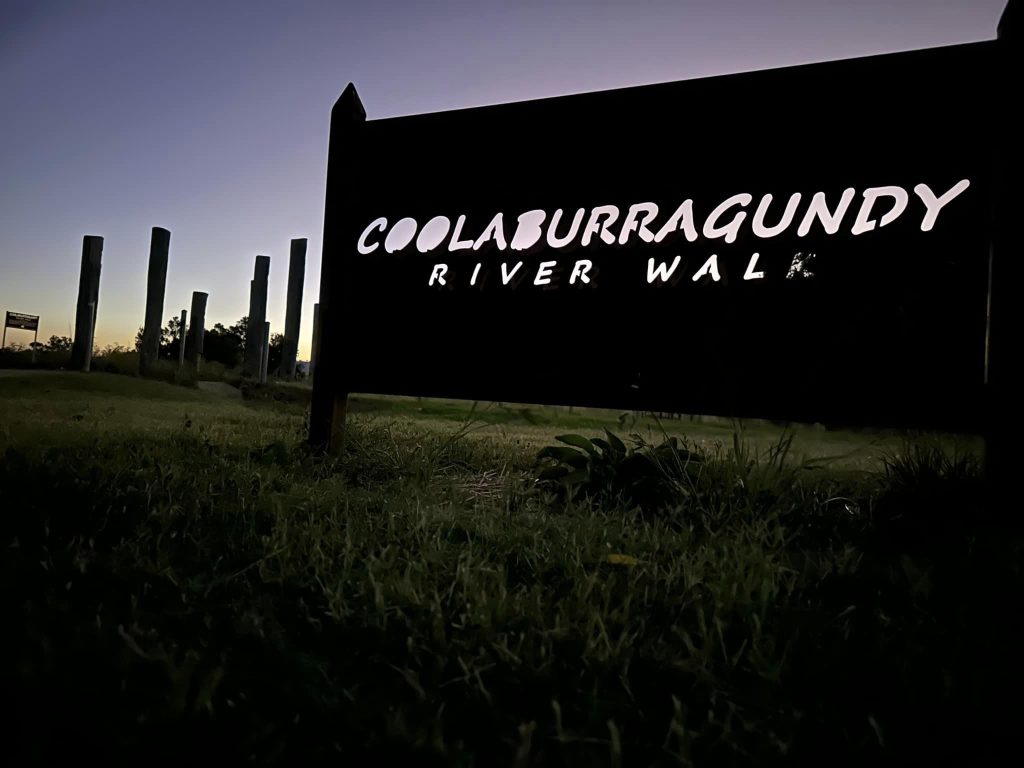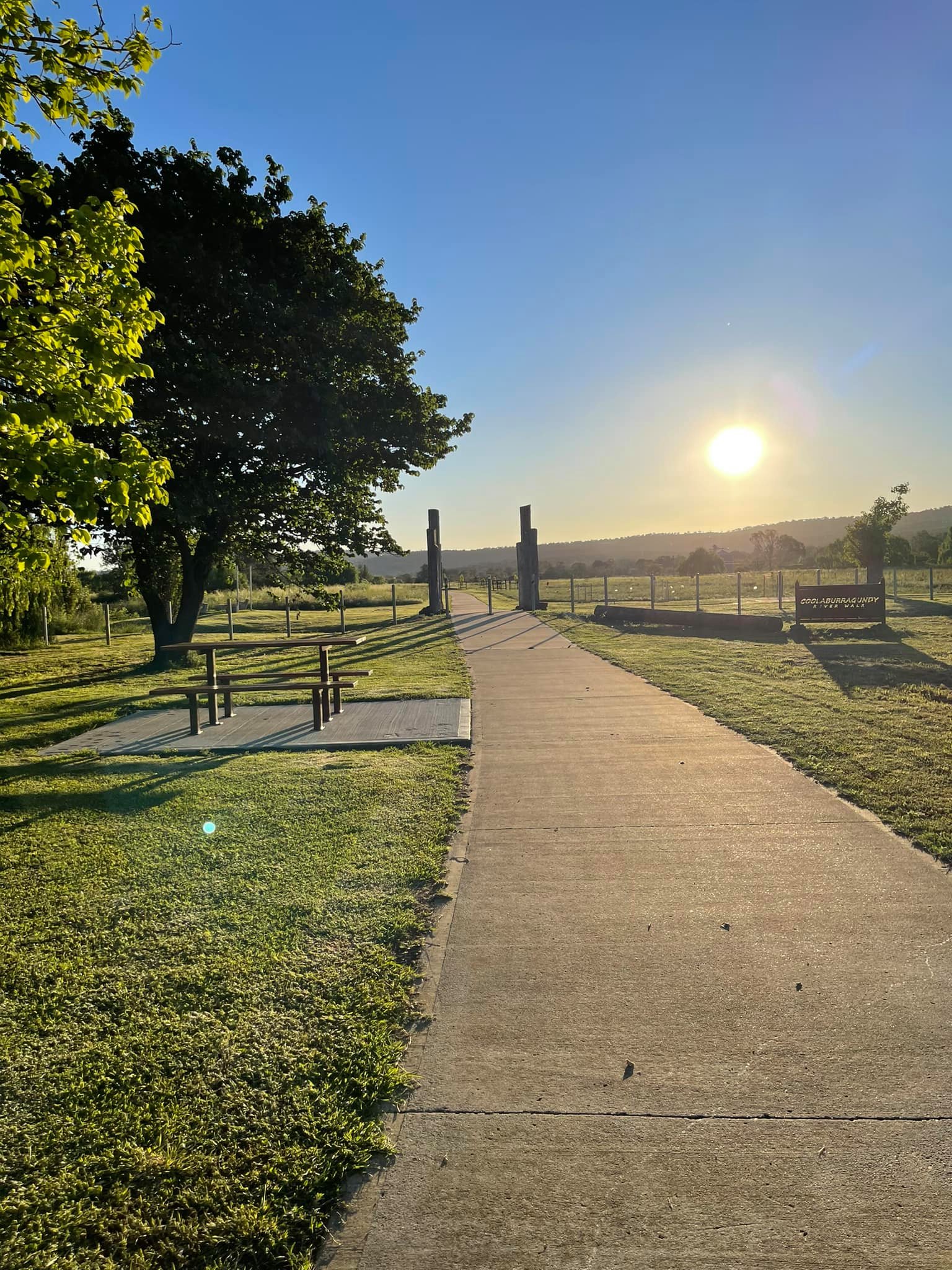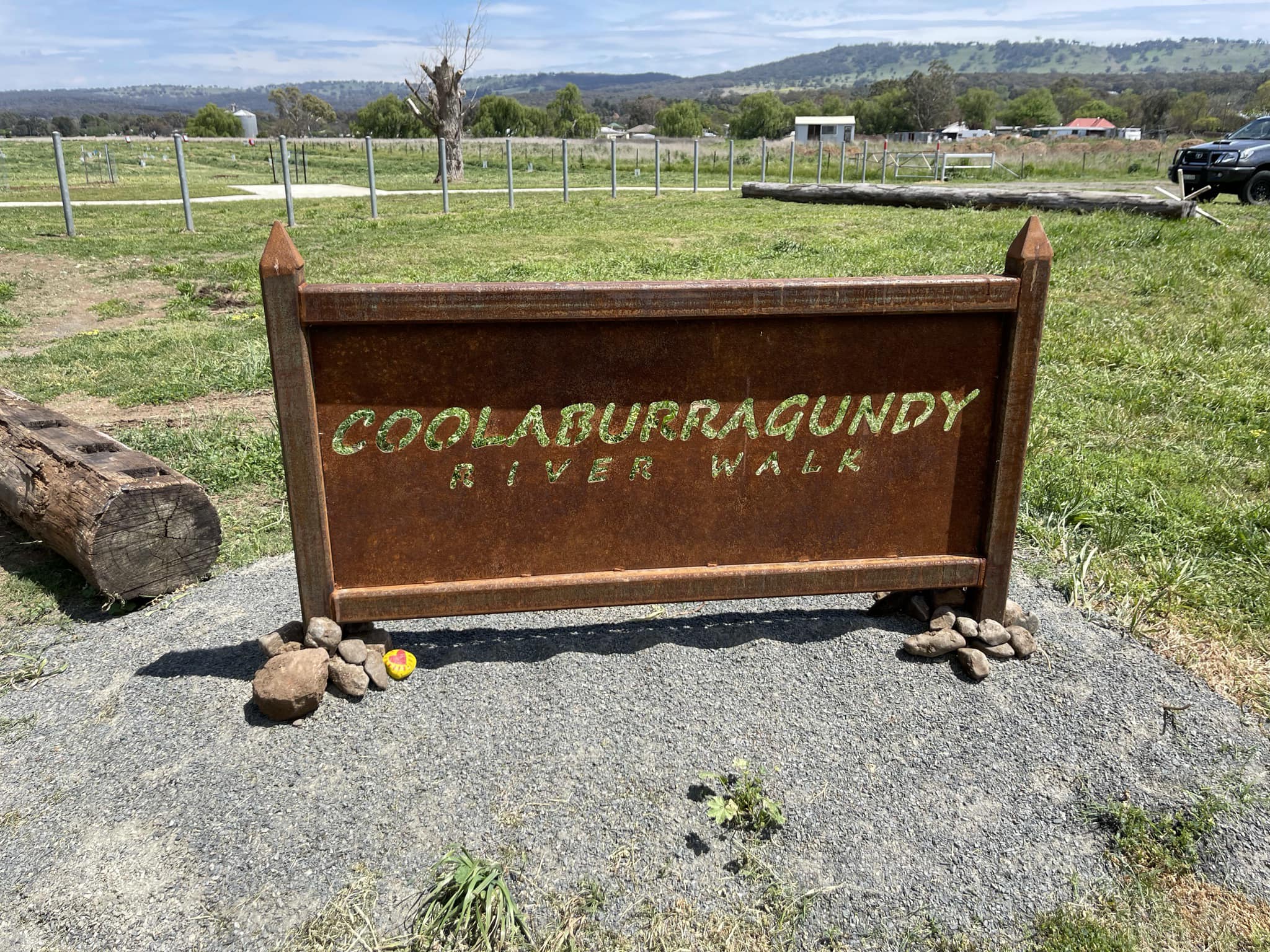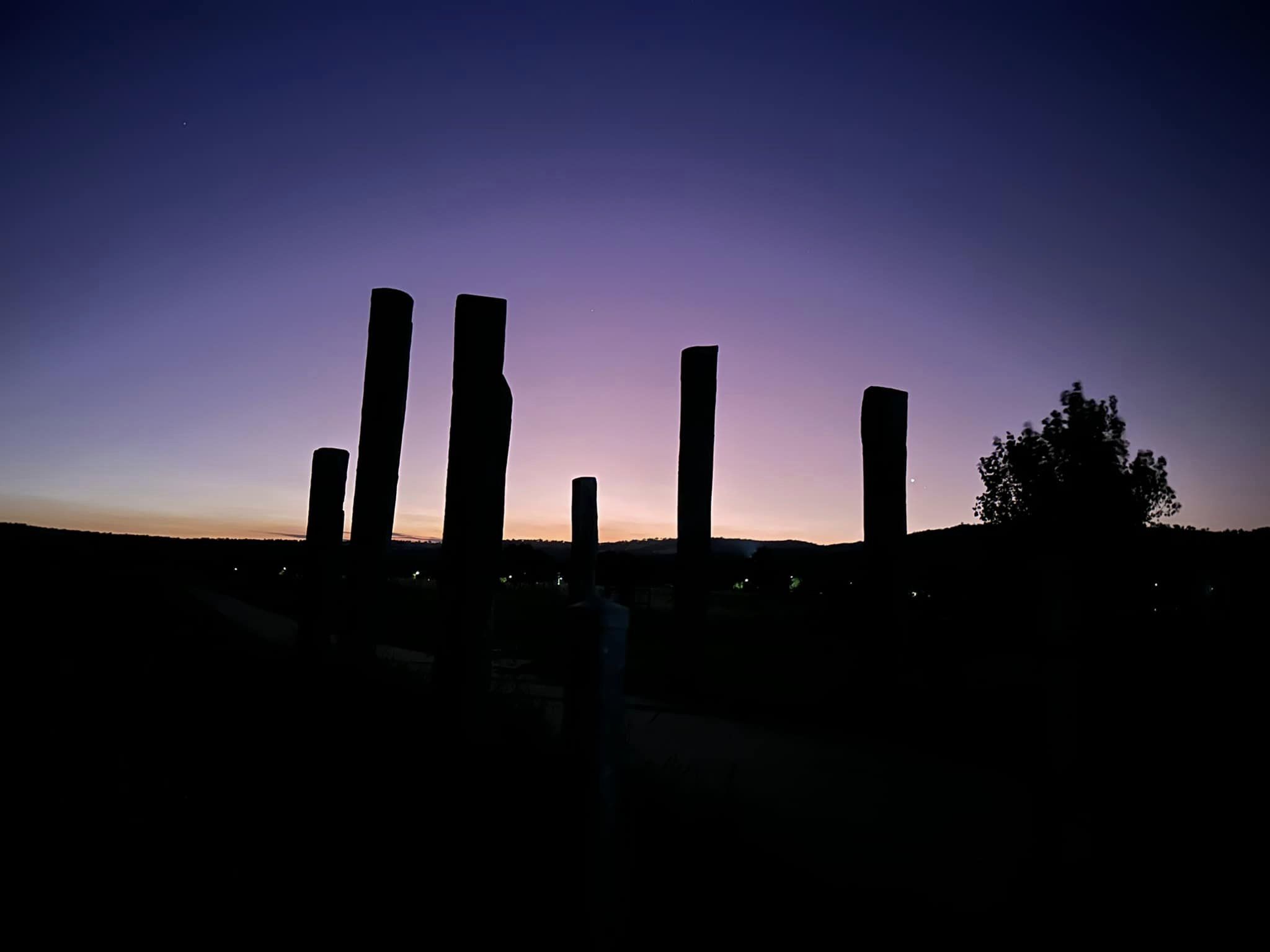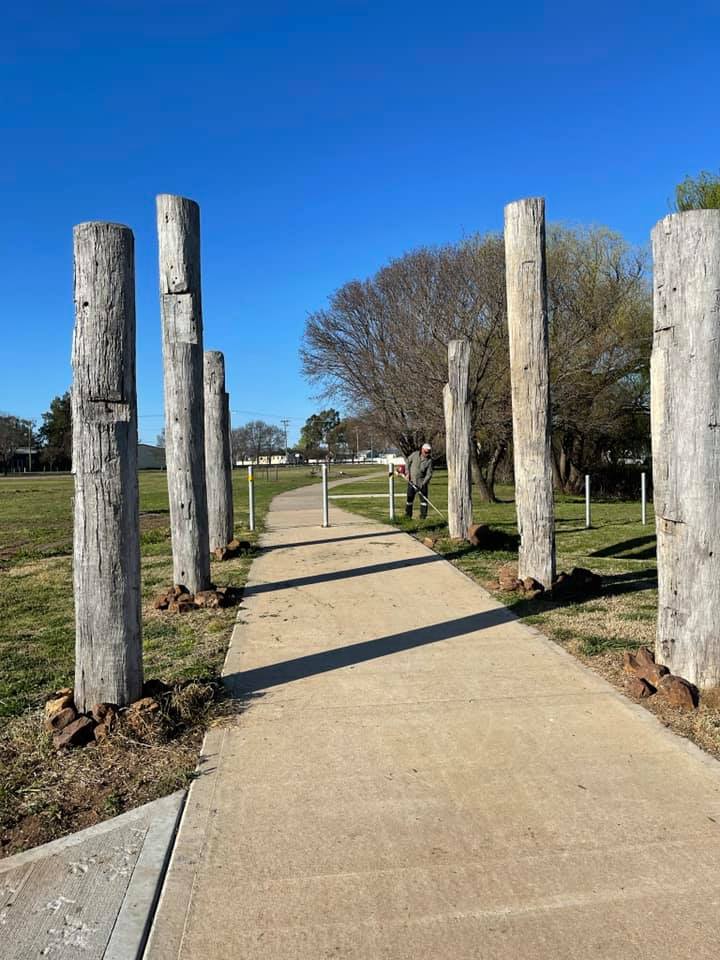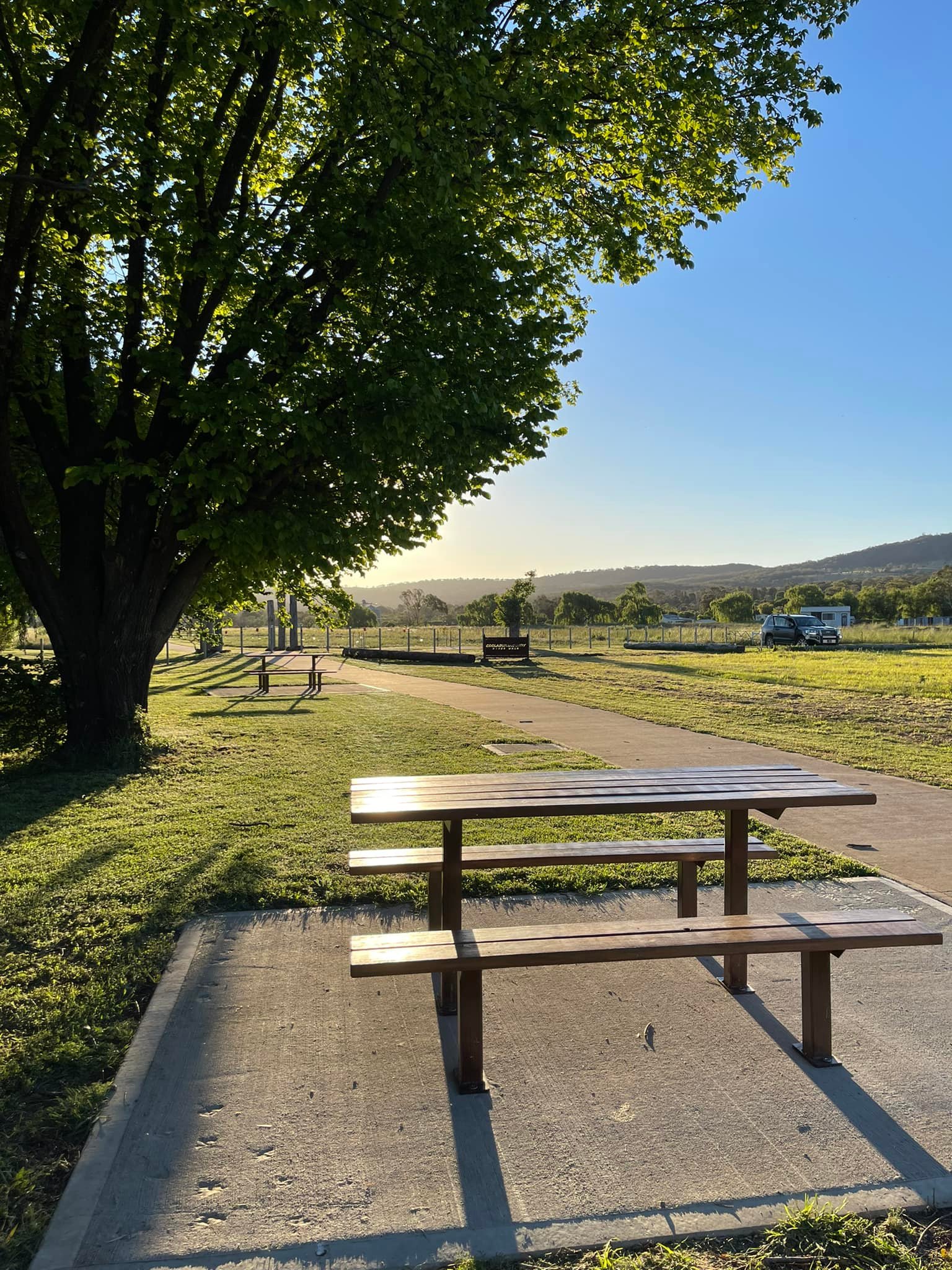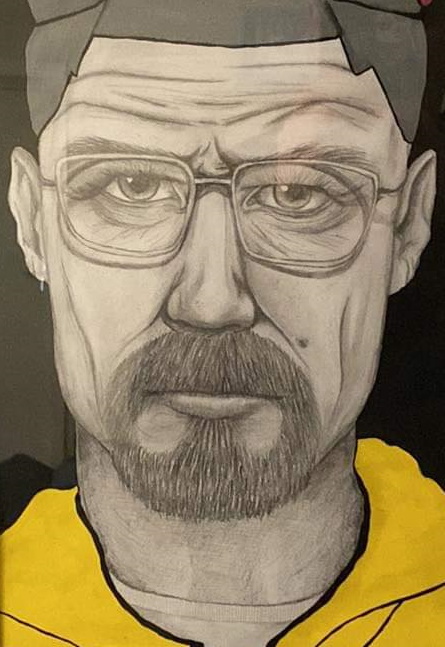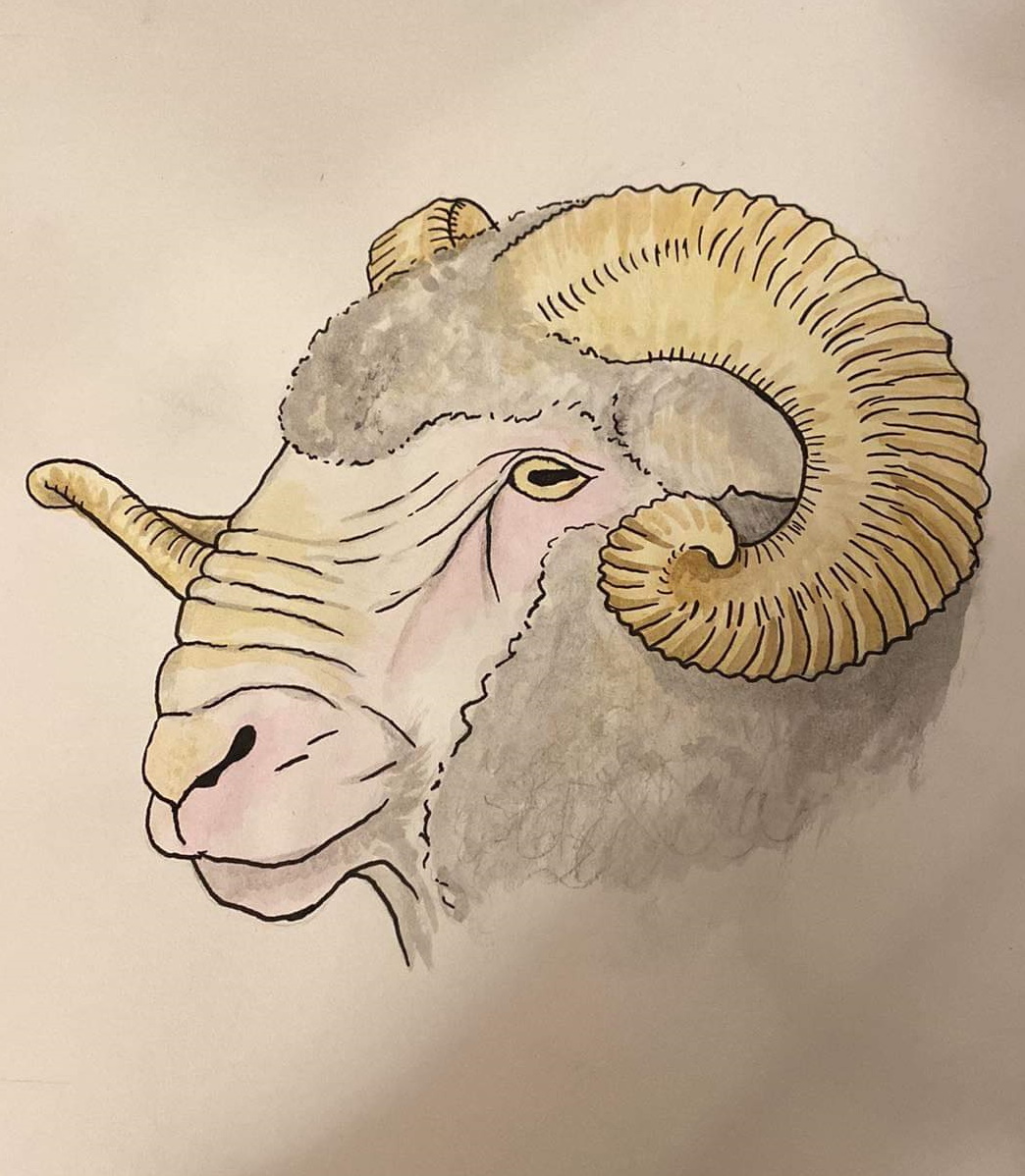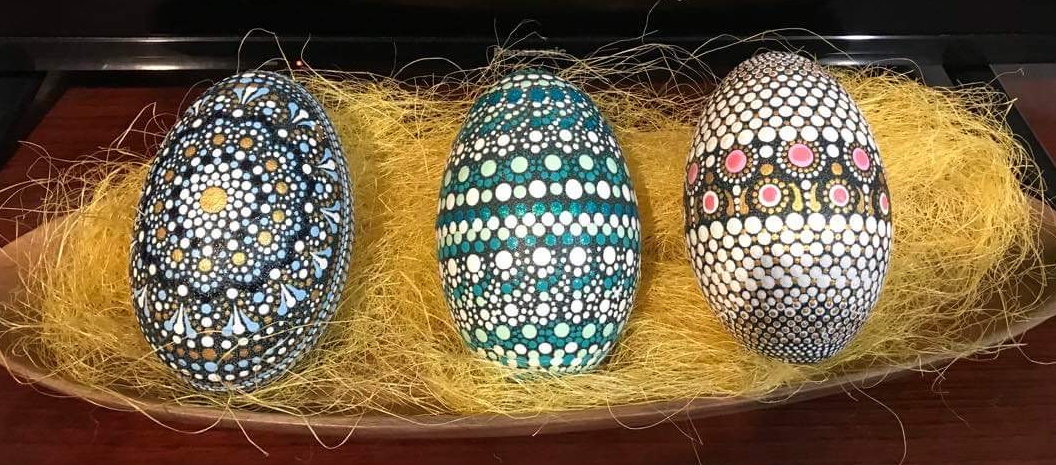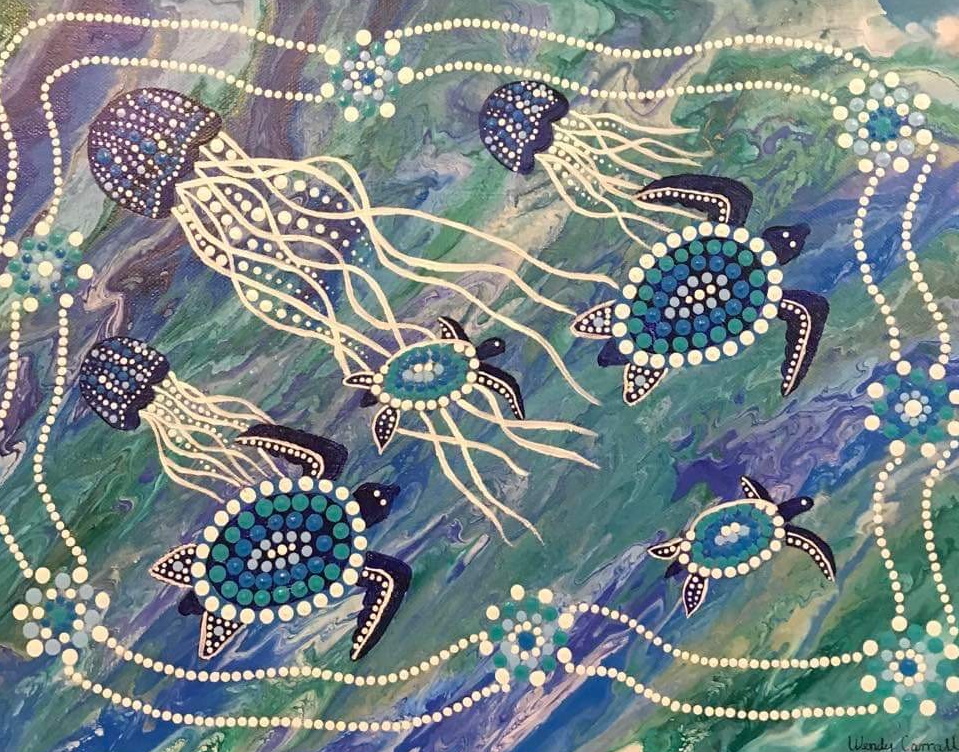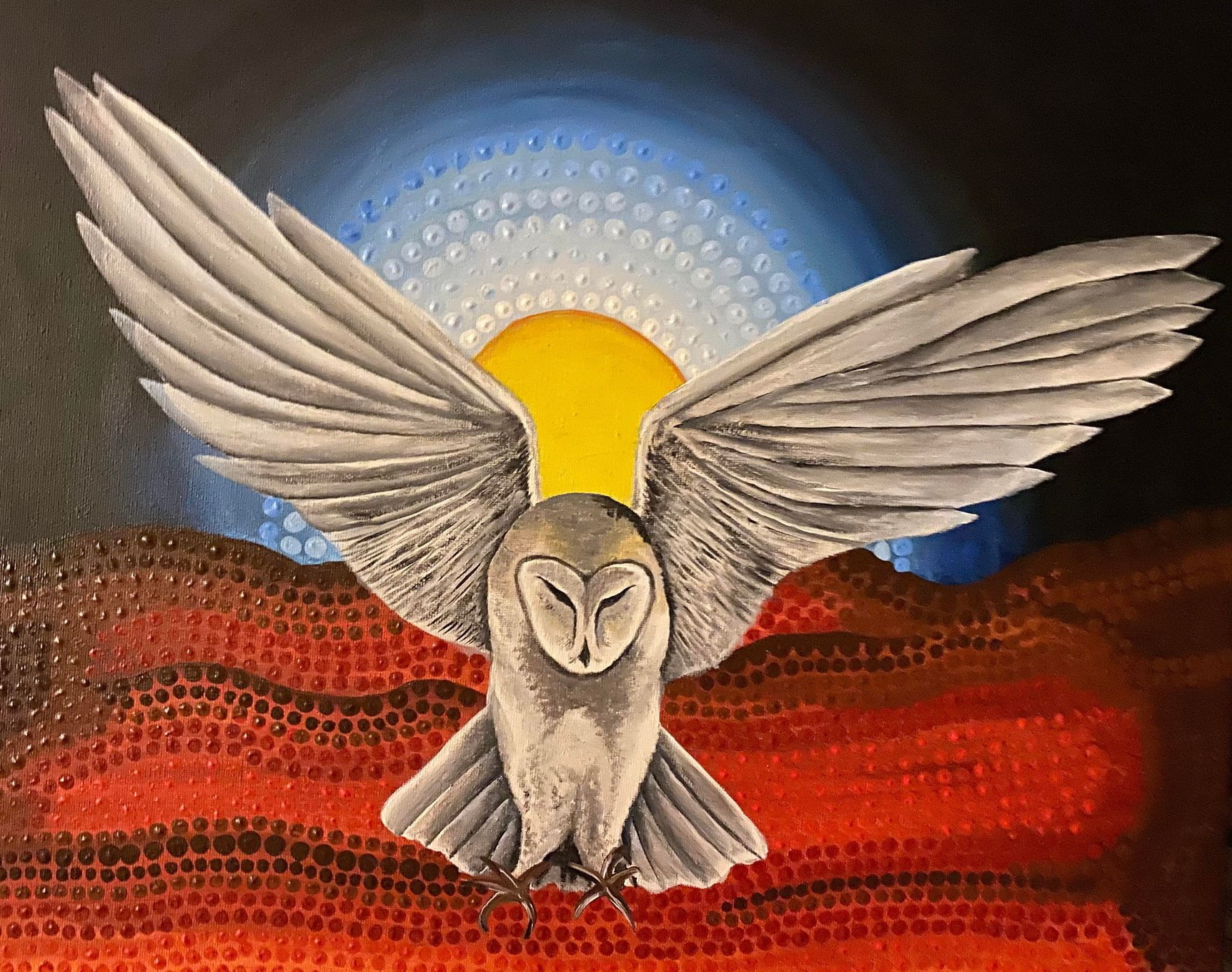The small village of Uarbry was almost wiped out during the Sir Ivan Fire in 2017 – it made State and National news showing the damage that a bushfire can do to a small community.
Not to be cowed, Uarbry has made a comeback and the peaceful little village with its 16 or so residents have (or are still) rebuilding. Small towns can have quite a history behind them and Uarbry is a prime example of that.

Originally known as Nandowrie Plains, it rated a mention in 1833 when Capt. John Piper, travelling through from Maitland to Bathurst obtained a native guide nearby. In the Camillaraay language Uarbry means “Yellow Box Tree” of which there are many still in the area. (For those environmentally minded it also appears that the nearby “bush” meets the criteria of the critically endangered box gum woodland ).
In 1861 a Uarbry settlement along the Talbragar River sprung up, a couple of miles west of the current site. After a devastating flood the settlement moved to its current location on higher ground. The design for the current village was completed in June 1868 and old maps show a fairly large village was planned.
Many of the villages and towns at the time contained self-made men and an entrepreneur or two. William Piper, originally from Ireland and with a brother, nieces and nephews in nearby Cassilis, moved from Cassilis to Uarbry with his family and opened a pub on Main Street. This popular watering hole with the locals was also the host to the Uarbry Races from 1874 onwards, which from old news reports sounds like quite the event with dozens of ladies on the field, fruit and cake stalls, calling for champagne for the toasts in the evening, and dancing till the sun rose!
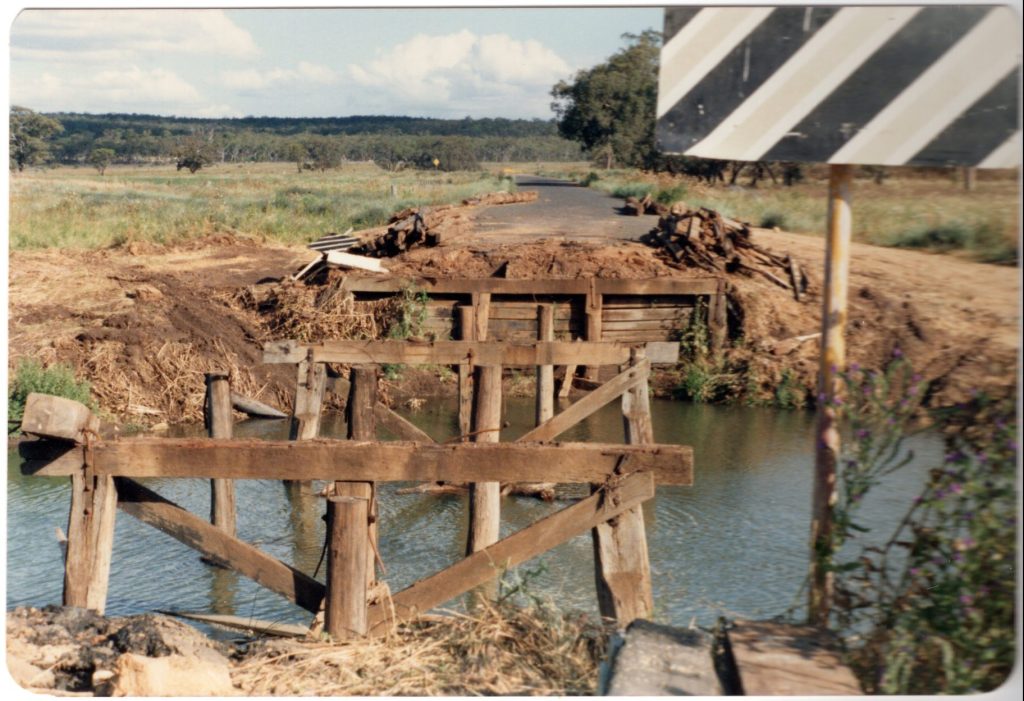
The village stayed small, however, and supported the nearby farming community with a part time school, church, hall, partial saleyards for a few years and a post office and shop that moved around as time passed. Families came and stayed and some moved on. The little church was built with donated funds and labour and was the scene for many happy and sad occasions before it was lost to the fire in 2017.
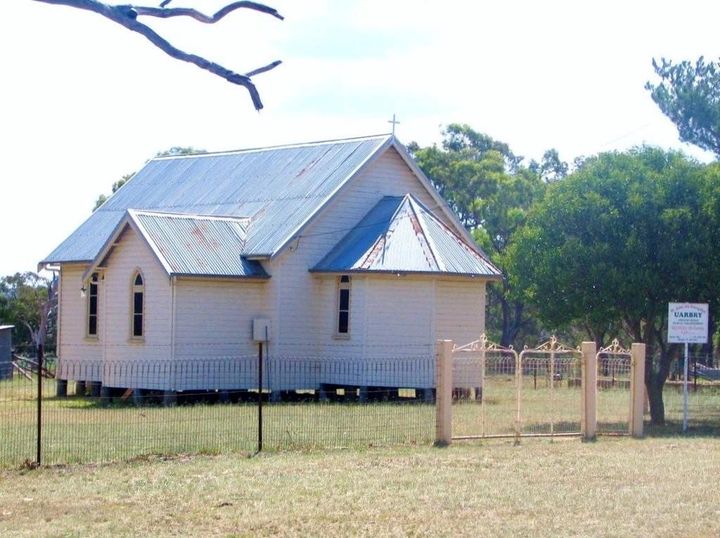
photo credit: Bush Churches of Australia FB page.
Uarbry was known throughout the early to mid 20th century for it annual sports events, its cricket team – and its dances! There are records of at least two halls that were utilised for dances as well as private residences hosting “socials”. Older members of the community have related the distance people would travel to attend a dance on horseback and then by car and its quite mind boggling with people setting out hours before. No wonder the dances went on into the wee hours as I’m sure they decided to head back the next day. The last hall, also built by locals with donated materials and opened with a grand ball in 1932, was also lost to the 2017 fire although a shelter now stands on the site providing a spot for locals to gather.
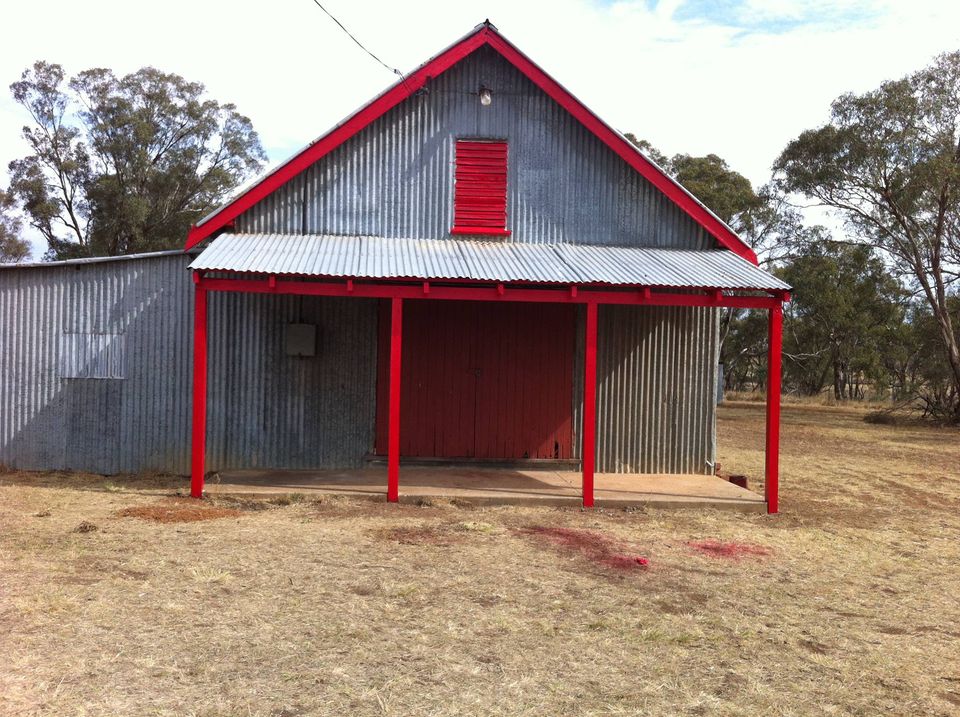
On the 12th February 2023 locals and visitors came to the hall shelter to mark the sixth anniversary of the fire with a Back to Uarbry Day. Around 50 people attended, including past and present residents of the district and it was lovely to witness old friends and neighbours catching up after many years. Display boards were set up with photos of the village – historic ones from family collections and newer photos that showed the aftermath of the fire.
A self guided history walk was designed for the day so that people could wander around the village and use their imagination (or the photos on display) to transport themselves back to what the village was once like. There are hopes of making this history walk a permanent feature in the future.

The Hall site has become a popular free camping site (no facilities) with travellers wanting a quiet night off the highway and where they can enjoy the shady trees and birdsong.
